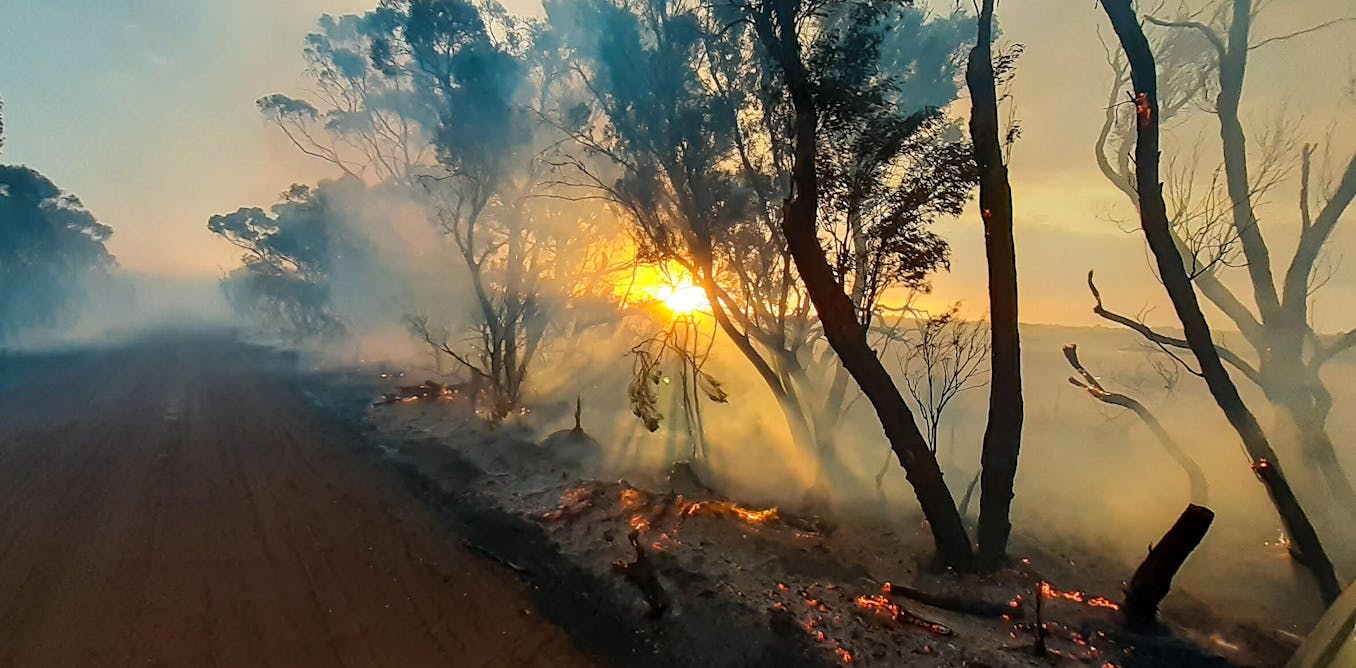Browsing Building Safety And Security: Recognizing the Relevance of a BAL Report
Browsing Building Safety And Security: Recognizing the Relevance of a BAL Report
Blog Article
Exactly How BAL Record Impacts Bush Fire Defense Measures
In the realm of bush fire defense, the Building Assault Level (BAL) record stands as a crucial tool that significantly influences the security and strength of residential properties in fire-prone locations - BAL Report. The influence of a BAL assessment expands much past mere documents; it serves as the keystone for identifying the appropriate building and construction standards and fire defense measures required to mitigate the risks postured by bushfires. As areas come to grips with progressively severe fire seasons, comprehending exactly how the BAL report forms these safety actions ends up being extremely important for contractors, home owners, and policymakers alike
Recognizing the Bushfire Attack Degree

Value of BAL Record Analysis

Moreover, the BAL report assessment functions as a fundamental action in conforming with legal obligations and demands connected to bushfire protection. Local councils and authorities frequently mandate the submission of a BAL report as component of the planning and structure approval procedure to make sure that buildings are appropriately secured versus bushfire threats. Stopping working to carry out a detailed BAL record analysis can lead to poor protection measures, leaving residential or commercial properties vulnerable to ruining bushfire incidents.
Building And Construction Standards Based on BAL
A detailed understanding of the Bushfire Attack Degree (BAL) makes it possible for homeowner to apply building and construction criteria tailored to their particular threat profile. Construction standards based upon BAL are vital in mitigating the impact of bushfires on residential properties. The BAL ranking classifies the possible threat a home deals with during a bushfire on a scale from BAL-Low to BAL-FZ (Flame Area) Each BAL degree represents specific building and construction requirements detailed in the Australian Typical AS3959-2018 Building of Structures in Bushfire-Prone Areas. For example, residential properties identified as BAL-Low might just need basic actions such as clearing debris and keeping gardens, while those in greater BAL categories require even more durable measures like cinder screens, fire-resistant materials, and sealed windows. Following these building and construction criteria not only improves the structural strength of the property yet also boosts the total safety and security of homeowners throughout important site a bushfire event. For that reason, homeowner must carefully consider their BAL ranking and abide by the corresponding building standards to adequately safeguard their occupants and homes.
Carrying Out Fire Defense Actions
With the structure of construction requirements based on Bushfire Assault Degree (BAL) in place, the emphasis now shifts in the direction of the practical execution of fire protection steps to fortify residential properties versus bushfire risks. Passive procedures consist of making use of fireproof building materials, mounting cinder guards on vents, sealing spaces in roof coverings and wall surfaces, and maintaining a clear area around the residential or commercial property complimentary from flammable plant life. By incorporating both passive and active techniques, residential properties can considerably reduce their susceptability to bushfire events and increase the safety and security of owners.
Shielding Houses Against Bushfires
Efficiently securing homes against the devastating effects of bushfires needs a positive and detailed approach to fire protection actions. In addition, sealing vents and voids to stop ember intrusion, as well as integrating fire-resistant doors and home windows, can assist fortify the home's defense against bushfires. By embracing an aggressive position and incorporating these protective procedures, dig this home owners can considerably raise their possibilities of protecting their homes versus bushfires.
Final Thought
In conclusion, the Bushfire Assault Degree (BAL) report plays an important role in establishing the required security steps against bushfires. By assessing the BAL, construction standards can be tailored to minimize the risks and make sure the security of homes in fire-prone locations. Executing fire security steps based on the BAL record is important in safeguarding residential properties from possible bushfire hazards. It is vital for property owners to focus on BAL analyses and adhere to advised building requirements to improve bushfire resilience.
In analyzing bushfire risk to residential properties, understanding the Bushfire Assault Level (BAL) is a vital element for carrying out efficient security measures. In general, a clear understanding of the Bushfire Strike Degree is crucial for carrying out adequate defense steps and minimizing the influence of bushfires on properties.

Report this page